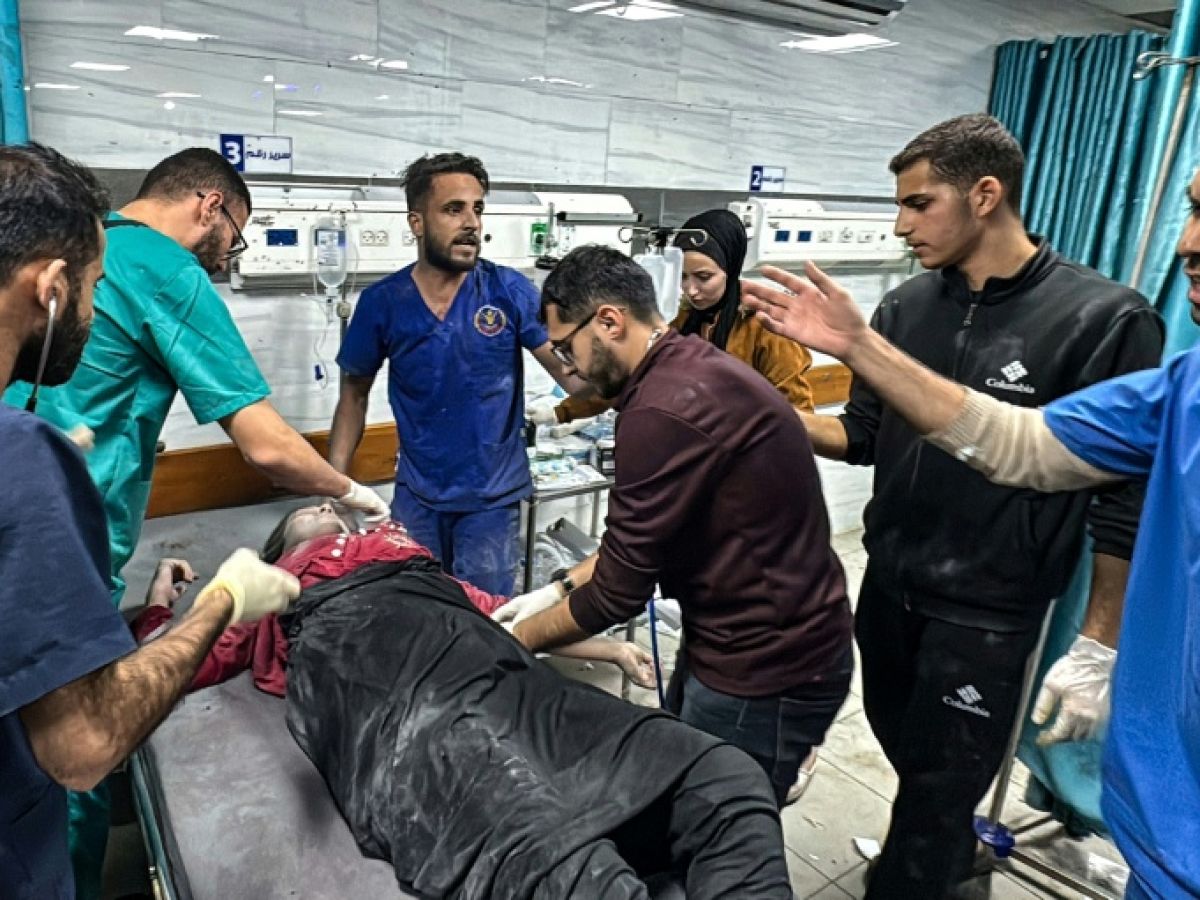Gaza residents have suffered exceptionally high levels of injury severity during the conflict between Israel and Hamas in the Palestinian territory, international doctors and nurses detailed in a study published Friday.
"They've never seen worse," British surgeon Omar El-Taji, lead author of the study published in the British medical journal BMJ and involving nearly 80 healthcare workers, told AFP.
Most of them have already worked in conflict settings. But this study demonstrates the exceptional violence of the war that has ravaged the Palestinian territory for almost two years and has caused a particularly high level of destruction, particularly due to Israeli bombardments.
Since the start of the conflict, triggered by a deadly Hamas attack on Israel on October 7, 2023 – which resulted in the deaths of 1,219 people on the Israeli side – more than 65,500 people, mainly civilians, have been killed in Gaza, according to figures from the Hamas government's Health Ministry, deemed reliable by the UN.
The BMJ study, meanwhile, aims to provide an idea of the injuries suffered during the conflict. It concludes that these are "exceptionally severe," particularly among civilians, with "a level of suffering higher than that recorded in any conflict in recent memory."
Participating doctors completed a survey after being deployed on site for varying lengths of time – between two weeks and four months – over a period running from August 2024 to February 2025. In total, they catalogued 23,700 traumatic injuries, including 7,000 directly caused by weapons.
These figures should be taken with caution because they are necessarily incomplete, even if they broadly correspond to the estimates of the World Health Organization (WHO).
– Very serious burns –
The main focus of interest is the nature of the injuries recorded. An exceptionally high proportion, in particular, come from explosions: more than two-thirds of those caused by weapons.
This is more than double the rate typically recorded among civilians in recent conflicts, the study points out. This proportion can be compared to that of blast injuries among American soldiers in Afghanistan and Iraq, but these were soldiers trained for danger.
Mr. El-Taji also highlighted to AFP the seriousness and extent of the burns observed: he himself reported having seen many children "whose burns were so severe that you could see their muscles and bones."
Beyond the simple data, the study also gives the floor to caregivers to testify about the situations they have faced, in a context where the majority of health infrastructures have been destroyed and where caregivers' access to the territory is drastically limited.
"The worst part was the mothers asking us to save their already dead children," reports one doctor. Conversely, others report suicidal thoughts in children whose family members had died.
This emphasis on testimonials gives this study an unusual status, compared to the highly objective nature of work usually published by major medical journals. But this does not call into question its seriousness, according to experts who welcomed its publication.
This is "very important work," said researcher Anthony Bull, a war injury specialist at Imperial College London, to AFP. He points out that the study is likely an underestimate, as it only includes "people who survived long enough to see a caregiver."
